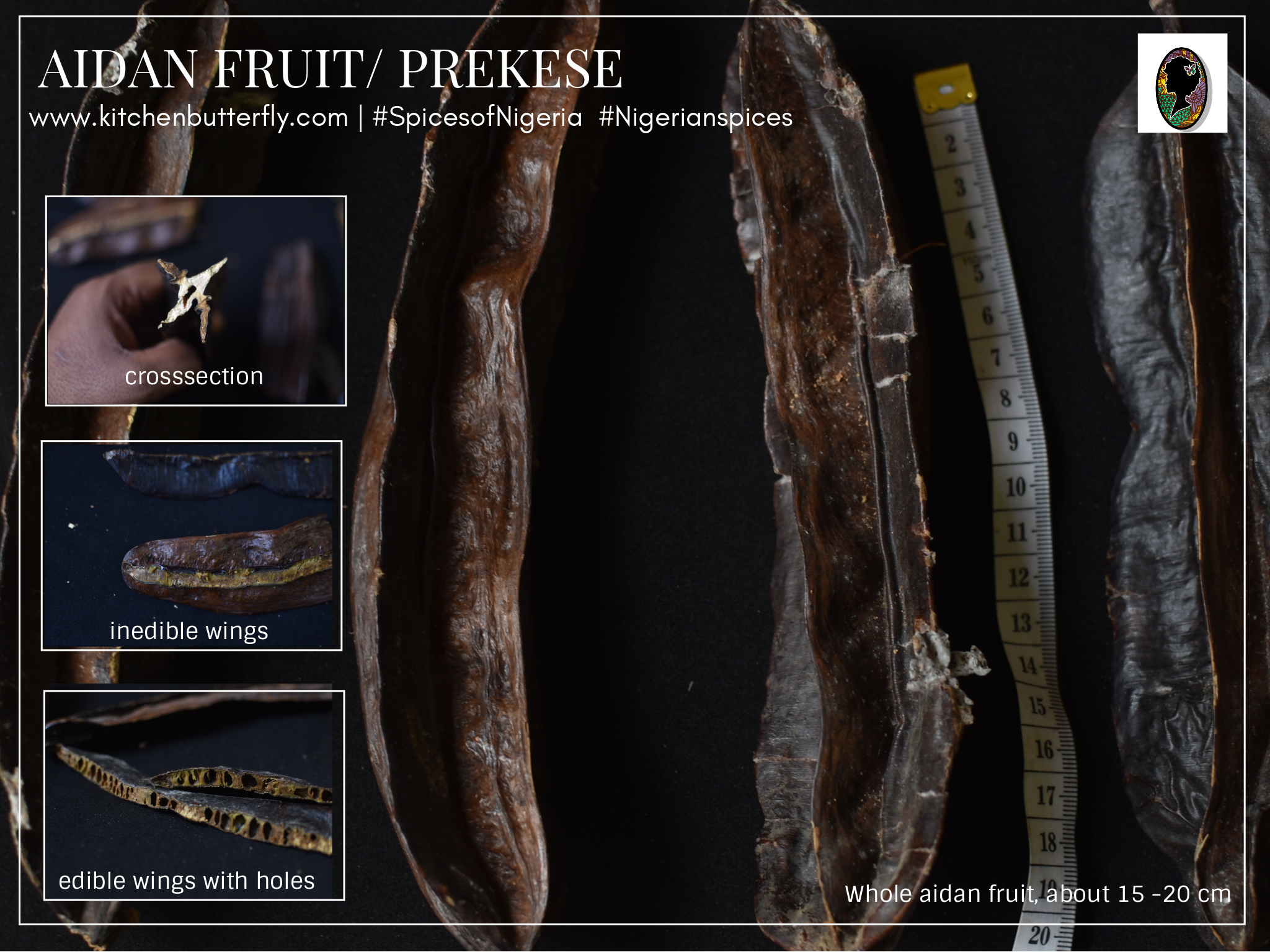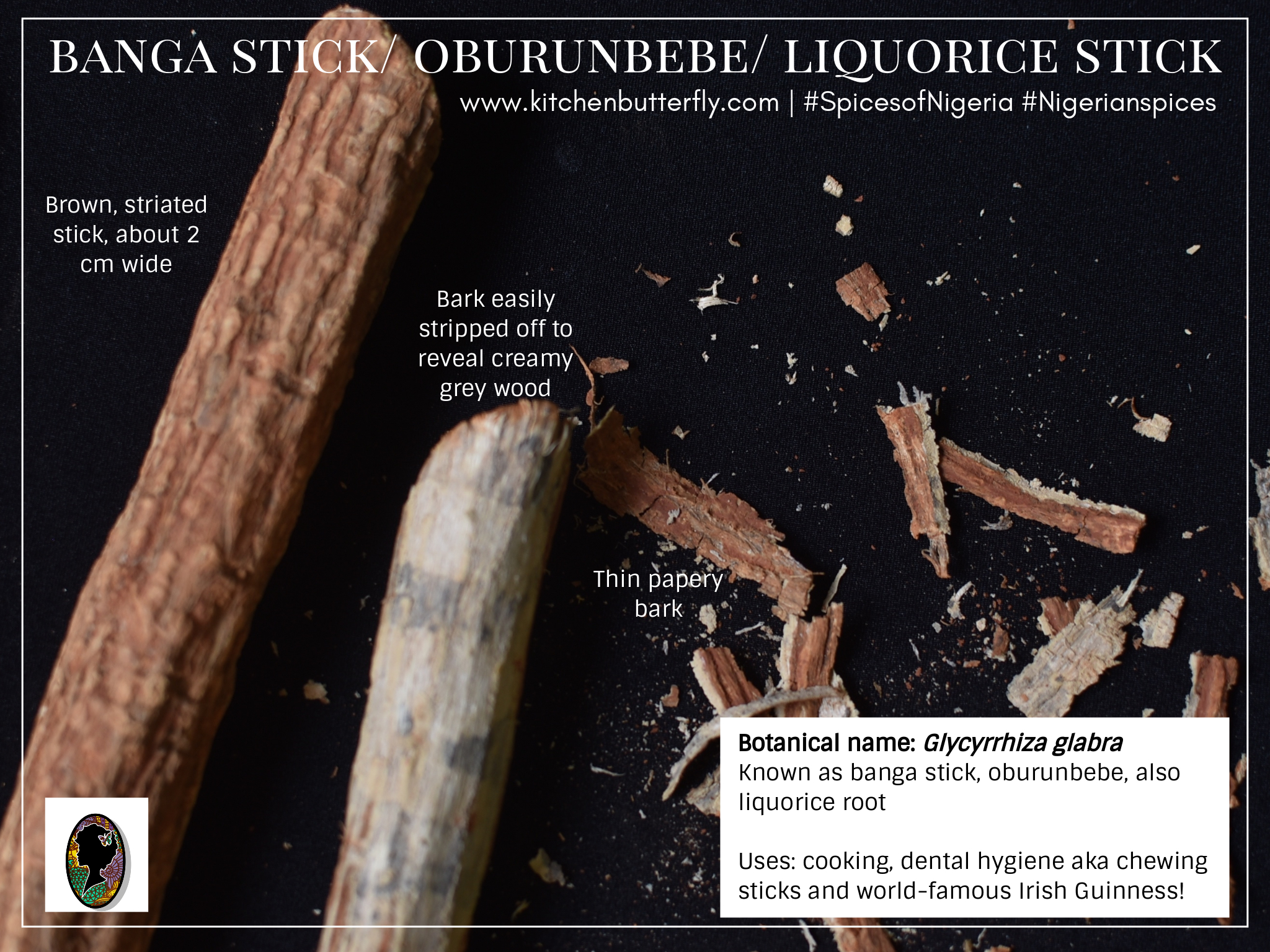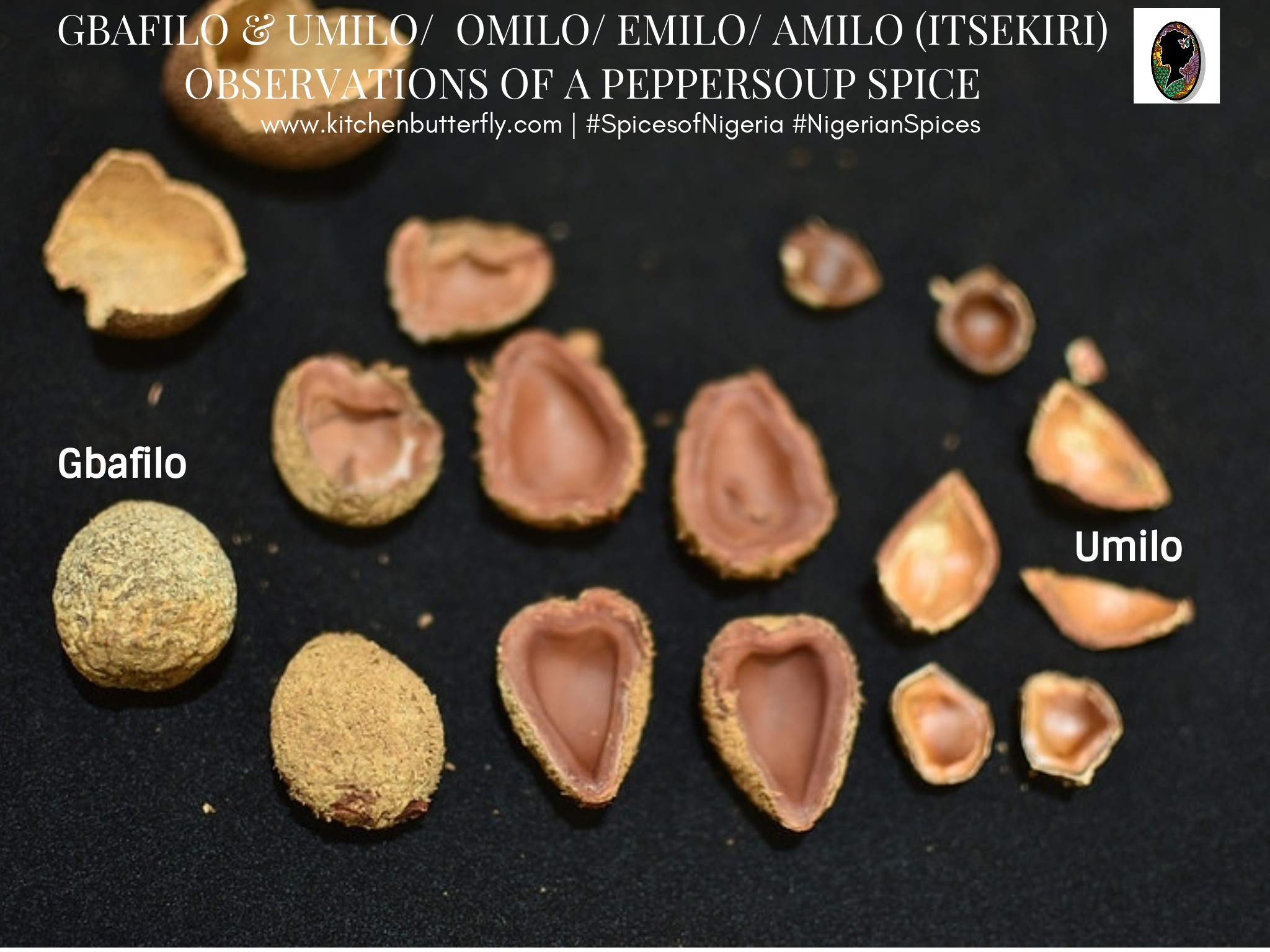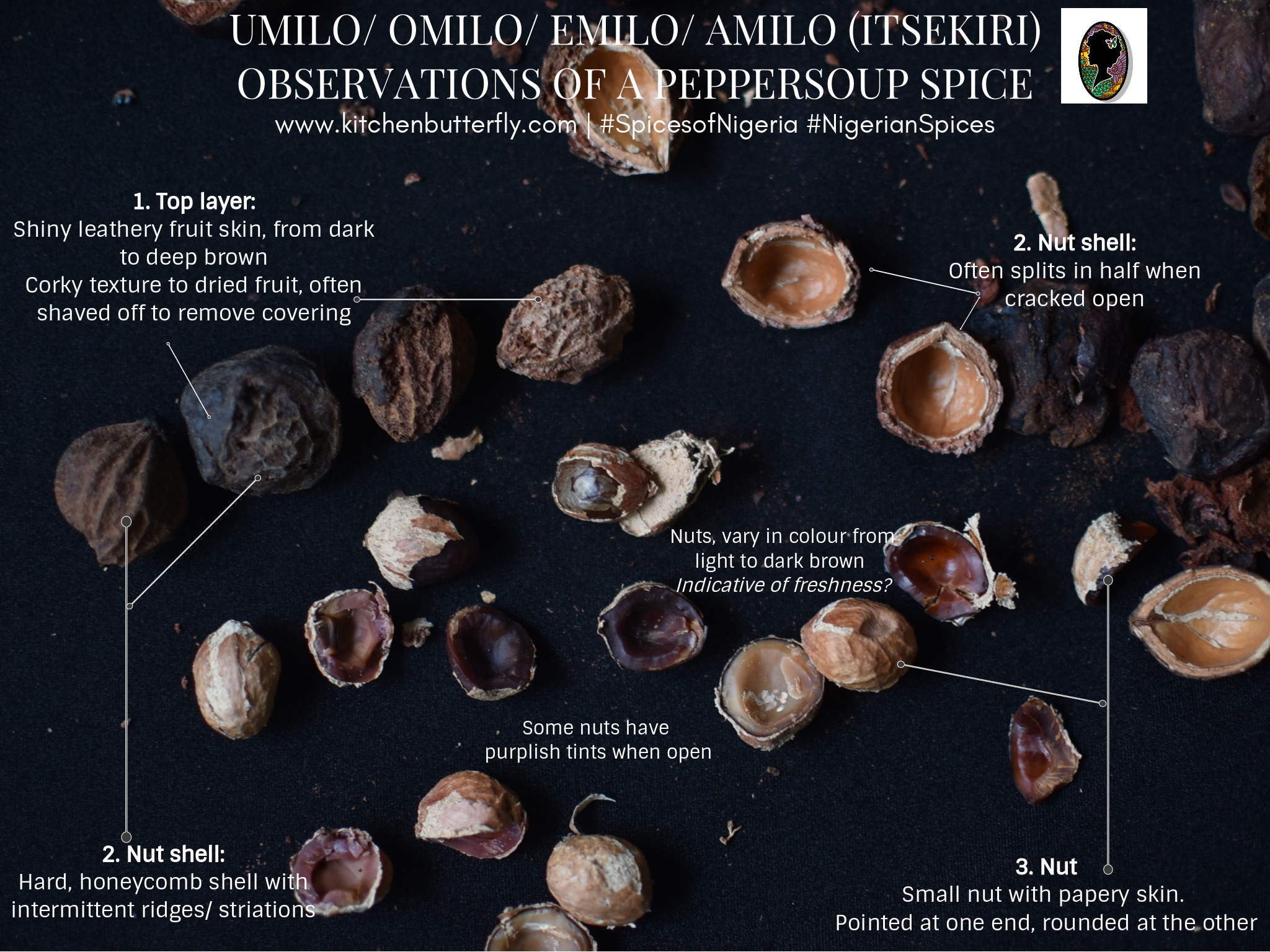Ayobami’s twitter bio says it all ‘…I’ll do it for Dodo’. His piece was the first one I received in the #Dodotales and I laughed my head off. The best part was reading about his creation – plansagna (recipe in the next post). A few highlights: ripe, salt. And those resonate deeply with me. Thank you, Ayobami for your delightful contribution. “Finding your preferred person to share life with is important, but finding your preferred Dodo is importanter”; Ayobami O. ’18 In the first few years after my love was kindled, my mother was certain that I would one day fall...
A Guide to (Nigerian) Plantain Cuts for Dodo
One thing you should know is that there are ‘unspoken rules’ for cuts depending on what you’re having, in Nigerian cuisine. So I did you the good deed of sharing them. Because in the coming days, you’ll read all about plantain and love for it and how and what not. This is to equip you. First of all, there are many cuts, a few are more common than others – they are the popular jingos of the dodo world. Actually, these are the acceptable cuts for dodo: diced, fried, rounds and slant. The others – below the line – are...
The Anatomy of the Perfect Dodo
One day, at lunch, I found perfect plantain. It sent me on an upward spiral (?) – it just made me think so many thoughts. And then I asked other people what they thought of my idea of perfect – not that I needed their validation because nothing will make me call overripe mush dodo but still, I thought it would be interesting to see what people think/ thought. It’s triggered a lot of commentary and contribution and in the next few weeks, I’ll be sharing #dodotales – stories of a beloved cultural icon. Please stay tuned. In the interim,...
On Beniseed [Sesame] Seeds
Because beniseed [sesame] seeds have their DNA and birthplace in Africa. In this post, I use beniseed, benne and sesame seed interchangeably – forgive me. Sesame seeds are the seeds of the tropical annual Sesamum indicum. The species has a long history of cultivation – first for its rich oil but also for wine! The English term sesame traces back to the Arabic simsim, Coptic semsem, and and early Egyptian semsent (the latter being listed in the Ebers Papyrus, a 65-feet-long scroll listing ancient herbs and spices discovered by the famous German Egyptologist, Ebers). The earliest recorded use of a spice – sesame seed – comes from an Assyrian...
On Prekese/ Aidan/ Aridan Fruit
I’ve almost always used the dried version and so haven’t had the opportunity, till recently to truly get a whiff of the buttery, caramel, chocolate notes the aidan pod has trapped within it. A winged pod, with 2 hard, inedible and 2 soft, edible wings, it is a core ingredient in my mother’s pepper soup. I’ve encountered it in delightful chocolate by Midunu, but that’s all – apart from p soup of course. The first time I cut into it, my son and daughter exclaimed. Within seconds, they’d identified caramel, brown butter, chocolate, toffee. That’s how strong the aromatics are....
Finally Named: ‘Banga Stick’ is Liquorice!
Updated, May 29th with a table, also confirming the name! For years, I’ve called it banga stick or oburunbebe, as learned from the interwebs. All attempts to find the botanical name drawing blanks. But researchers stay researching – once one, always and forever one. Some skills to being a good researcher are: Observation: when you notice the details, differentiators, differences, you can ask the right questions to get answers you need. Enquiry: your mode of enquiry must include traditional sources but also different ways to frame the question which might allow for a wider pool of information – thus answers. I’ve...
The Journey to Names and Provenance – Umilo & Gbafilo
From market to web page, it seems – despite their size and appearance differences – that umilo and gbafilo might be related, after all. Proof that sameness is beyond appearance. In my search for the botanical name for umilo, I happened upon an article referring to umilo by Parinari excelsa, the botanical name which I ‘knew’ was gbafilo. ‘Knew’ because what do we really know? And how do we prove that the sources which inform our knowledge are true and tested? I am a strong believer in research and validation. Combining look, word, feel, taste and whatever metric is available in...
Finalist: Best Culture Blog/ 2018 Saveur Blog Awards
Stoked. Surreal. Excited. And yes, I – Kitchen Butterfly, the blog, Nigerian cuisine all of it – have been nominated for the Best (Food) Culture blog in the 2018 Saveur Blog Awards! A few days ago, I received an email. It read: Dear Ozoz, Congratulations on becoming a finalist in the 9th Annual SAVEUR Blog Awards! From a pool of over 20,000 submissions, your blog was selected as one of the most innovative, impressive, and well-executed we came across, and one of our top six contenders in the Best Food Culture Blog category… Please encourage your readers to vote for...
Pepper Soup Spice Detective: Umilo/ Omilo But…
Updated – 30th May, 2019 – Name found – its the coco plum (amongst other names) …still searching. And still, when in doubt, observe. When you don’t know the what or why or how, focus on what you can see, hear, smell, touch, feel, taste, focus on observing. I know one name of this peppersoup spice, from the market – it is umilo/ emilo/ omilo/ amilo in Itsekiri. Google searches have not drawn up much. Where I thought there was gold, one but found nought. Two papers ‘misname?’ it – in one it is referred to as Parinari Excelsa which...

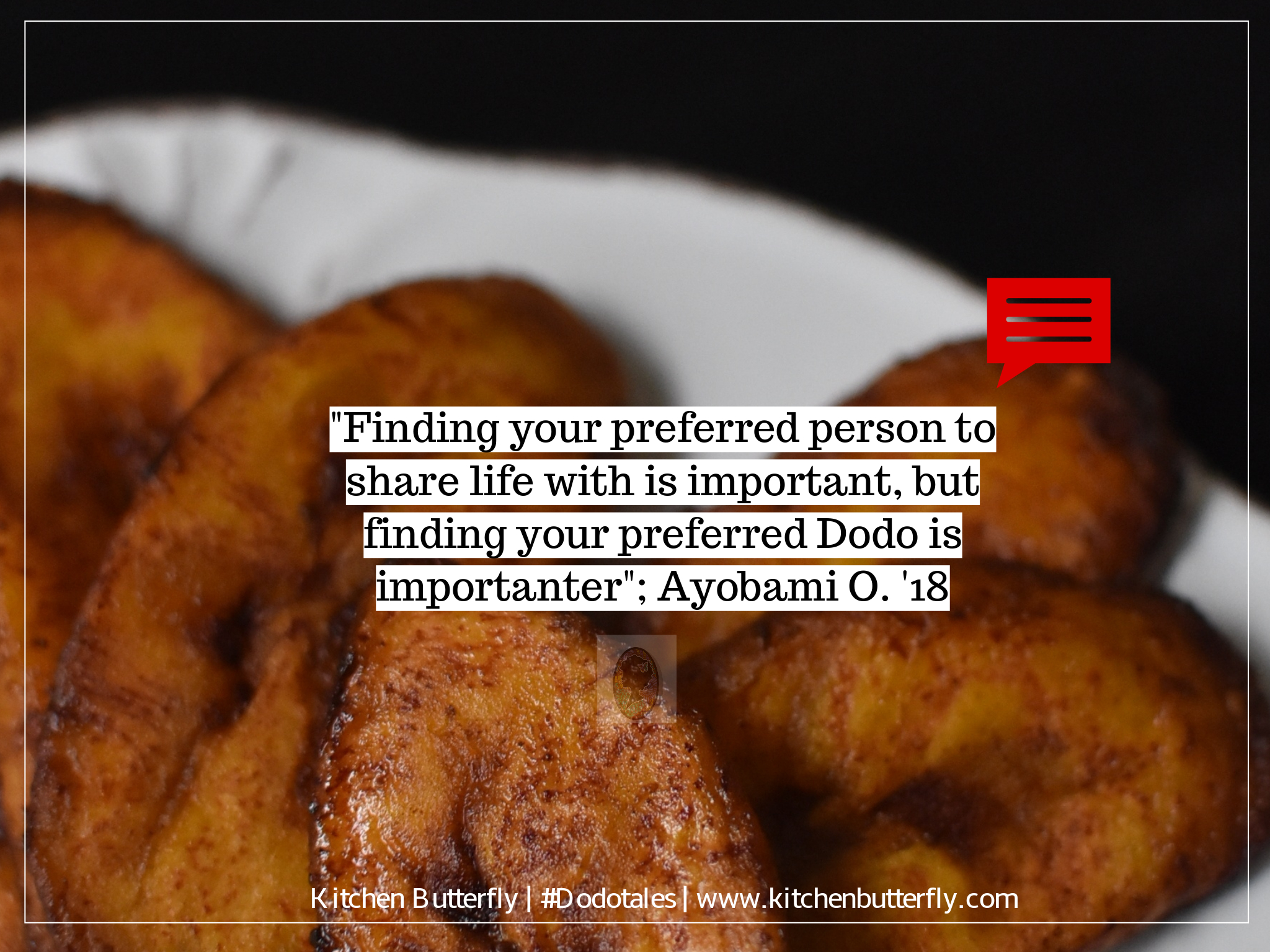
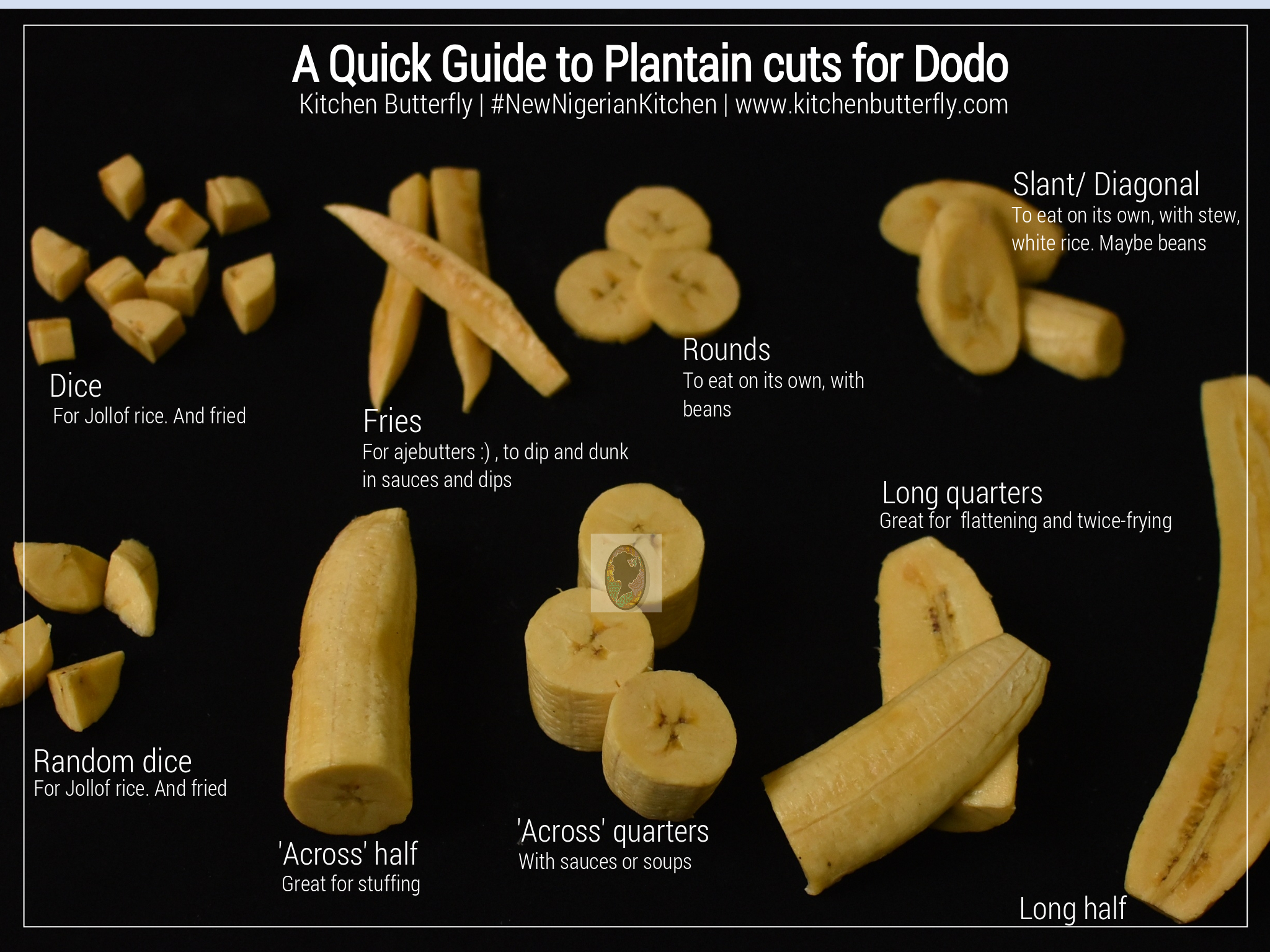
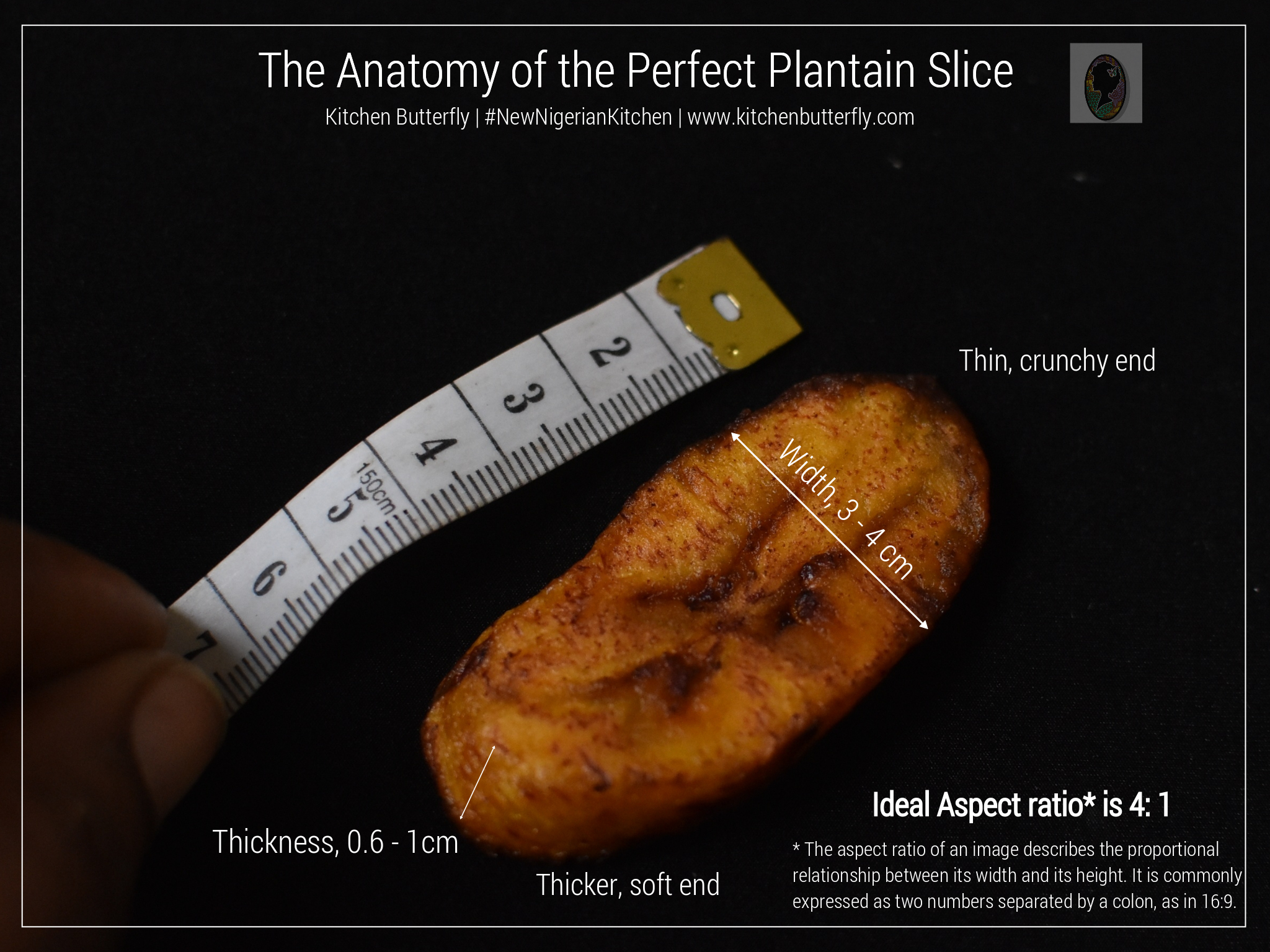
![sesameseeds
On Beniseed [Sesame] Seeds](https://www.kitchenbutterfly.com/wp-content/uploads/2018/10/sesameseeds.jpg)
